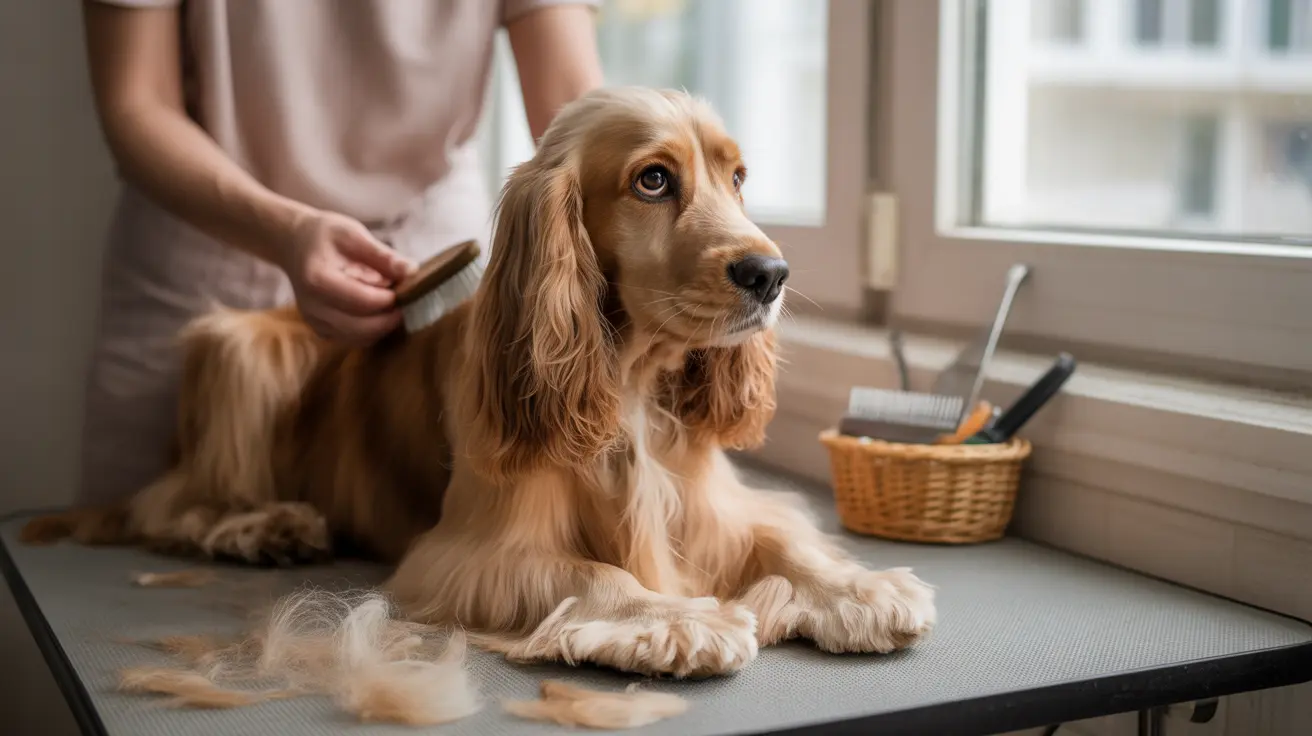How Dogs Apologize: Understanding Canine Behavior
Dogs are highly social animals that form strong bonds with their owners and other dogs. Like humans, they communicate a wide range of emotions through body language and behavior. One fascinating topic in the world of canine behavior is how dogs apologize or show remorse after doing something wrong. While dogs don't apologize in the same verbal way humans do, they display unique nonverbal cues to express regret and seek reconciliation.
Understanding Canine Apology
Dogs rely on
body language and subtle social cues to navigate relationships within their pack, including humans. The concept of apology in dogs is not rooted in guilt in the human sense, but rather in an instinctual need to maintain harmony and reduce tension.
Common Signs Dogs Use to Apologize
Here are some of the most common ways dogs try to make amends:
- Tucking their tail: A lowered or tucked tail indicates submission and a desire to demonstrate they are not a threat.
- Avoiding eye contact: Dogs avoid direct eye contact as a sign of peace-making and acknowledgment of a mistake.
- Pawing or nudging: Gentle pawing or nudging is a way for a dog to seek attention and show remorse.
- Licking: Dogs often lick their owner’s hand or face as a pacifying gesture to re-establish trust.
- Rolling over: Exposing their belly is an extreme act of submission, indicating a desire to end conflict.
Why Dogs Apologize
The act of "apologizing" is part of a dog's deep-rooted
social instincts. Dogs evolved from wolves, which live in hierarchically structured packs. In such packs, maintaining social order is crucial. Displays of submissive or conciliatory behavior help to diffuse tensions and maintain group cohesion.
Do Dogs Feel Guilty?
Pet owners often interpret certain canine behaviors as guilt. For example, if a dog has chewed up a shoe and then acts withdrawn or contrite, we might assume they feel guilty. However, research indicates this is more about reading human reactions than internal morality. Dogs respond to our tone of voice, facial expressions, and body language. If their owner seems upset, a dog may display appeasement behaviors because they understand something is wrong, not because they feel guilty.
How to Respond to a Dog's Apology
When a dog shows signs of remorse:
- Stay calm: Avoid yelling or punishing. This makes it easier for the dog to associate positive feedback with good behavior.
- Reinforce good behavior: Once the dog shows appeasement behavior, calmly reward them with affection or a treat.
- Be consistent: Dogs thrive on predictable routines and reactions, which help them understand what behavior is acceptable.
Training and Socialization Role
Training helps dogs understand the household rules and your expectations. When a dog knows what’s expected and accidentally disobeys, their restorative behaviors are more noticeable. Similarly, dogs that are well-socialized with other dogs often carry over social etiquette—like apology signals—into their interactions with humans.
Building a Better Bond Through Understanding
Recognizing and interpreting your dog’s apology behaviors strengthens your relationship. It fosters empathy and patience, essential for coexisting with a species that communicates so differently. Understanding a dog's intention, especially when they’re trying to make peace, helps prevent misunderstandings and builds trust.
Final Thoughts
Dogs don’t apologize in the way humans do, but their instinctual body language communicates a desire to smooth over tension and regain affection. As responsible pet owners, learning to recognize these cues is essential. When we respond appropriately, it deepens the human-canine connection and creates a more harmonious living environment.
So next time your furry companion looks guilty with those droopy eyes and a wagging tail after chewing your slipper, know they’re not saying “sorry” like we would—but their heart’s in the right place.





